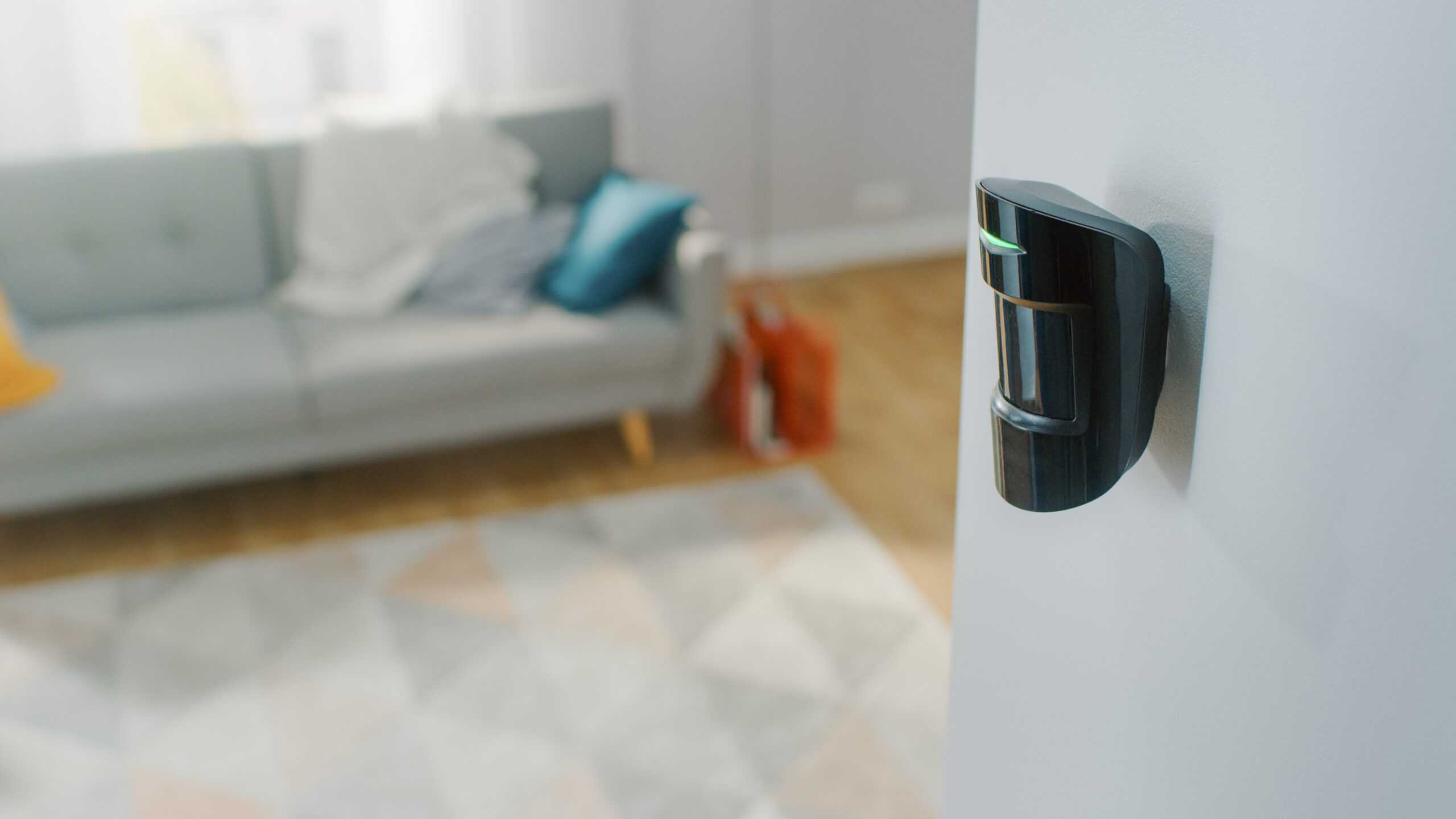The graying of America combined with spiraling health care costs has created a “perfect storm… of opportunity” for the increased use of smart home technologies to help care for seniors. A growing number of remote care technology companies are offering solutions that go beyond PERS (personal emergency response systems; typically a pendant that can be pressed to contact monitoring personnel in case of a fall or other emergency). The newest solutions offer an array of motion sensors placed throughout the home that collect data based on motion, or lack thereof, then process the data with AI algorithms to determine what information to provide to caregivers, family members, and emergency responders.
Despite acute needs for technology to augment human caregivers, the uptake of these devices has been slow. Three barriers to adoption include concerns about privacy, lack of awareness, and unclear business models. While the first barrier is the least significant given that the majority of emerging remote monitoring companies offer solutions that do not include cameras, the latter two remain significant obstacles that must be addressed if the market is to grow.
The multi-billion-dollar PERS industry is in the strongest position to introduce AI-driven remote monitoring systems as evolutionary offerings beyond their pendant-based platforms, yet these entrenched companies are reluctant to upset the apple cart of millions of subscribers who are accustomed to their monthly bills and who may find “next generation” solutions confusing. The question of who pays for “next generation” care monitoring systems also remains complex. Care organizations that must avoid hospital re-admissions are viable buyers of these technologies, as are in-home care organizations and senior living facilities that are faced with acute labor shortages. These offerings are also attractive solutions for families of seniors. These families often recognize the value of remote care solutions and see them as a low-cost alternative to in-home care or moves to assisted living facilities.
Interpret’s Smart Home Matrix™ research determined that over two-thirds of people who actively care for a senior and who would consider purchasing a non-camera based remote care system would consider paying for the system themselves. Nearly one-third of that population, however, expects a health insurance company or Medicare to pay for the system.
Interpret’s upcoming report Aging in Place: Smarter Homes for Seniors provides an overview of the technology pioneers transforming home care and examines consumer attitudes and purchase models for system adoption.




